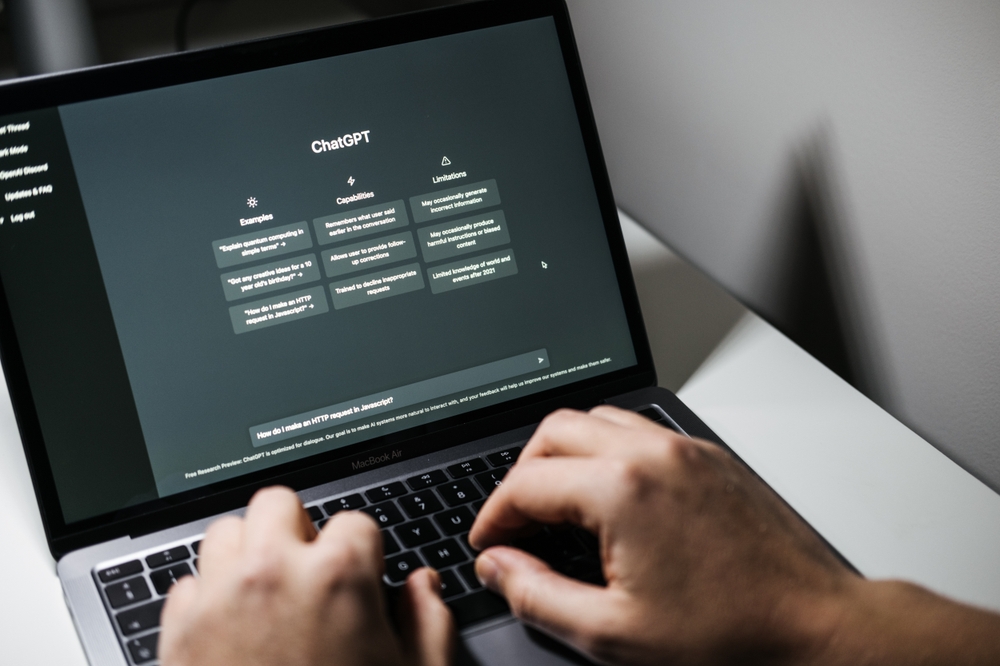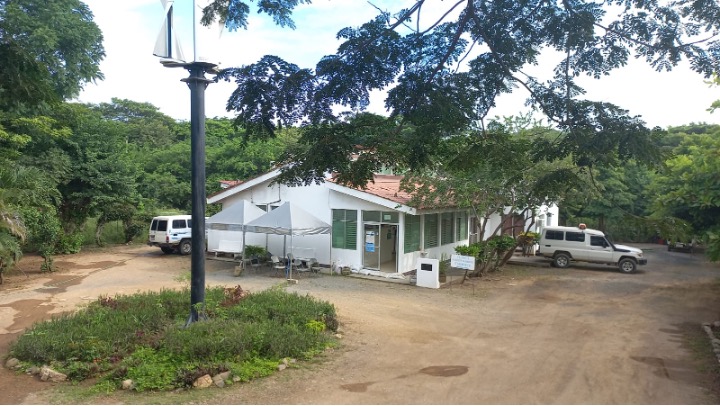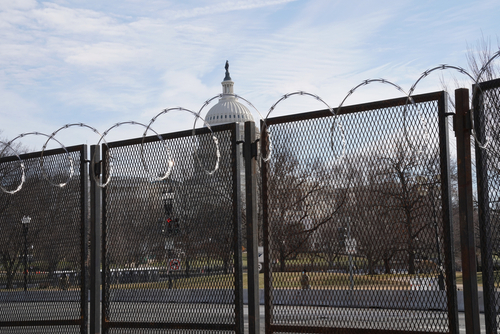How to Set Up a Realistic Monthly Budget
Mark Ford|May 8, 2020

Editor’s Note: Millions of folks have had their lives disrupted by the coronavirus crisis. And anytime your financial situation changes – whether due to this crisis or when you retire, for example – it’s crucial to reexamine your priorities when it comes to your money and spending. Below, Mark has a few simple steps to help anyone stay on target with their wealth-building goals.
Most people don’t manage their income. They bank it and spend it. This is obviously crazy.
Some people do try to manage their income by budgeting. This typically means that you look at what your income is likely to be. You subtract mandatory expenses. Then you make spending decisions based on what’s left.
“Hmmm… I’ve got $2,800 coming in this month. The mortgage is $1,400. The utilities will be around $300. I’ve got to pay $200 for the minimum on my credit cards. That leaves $900. Oh, but I forgot the car payment. That’s another $250. So I’ve got $650 left. That should be okay.”
But what about that grinding noise the dishwasher is making? Or the $200 you promised you’d lend to your brother? And wait! Isn’t your anniversary next Tuesday?
Making rough mental calculations is not a smart way to manage your money. If you do it very conservatively, you may keep up with expenses. But it’s unlikely you’ll ever have money left over for saving and investing. Which means you’ll have very little chance of increasing your wealth.
It doesn’t have to be that way. Creating a realistic budget should take only about an hour the first time you do it. Then a half-hour or so each month to keep it up to date.
How to Set Up a Realistic Monthly Budget
1. Your First Priority: A Commitment to Wealth-Building
If you are serious about becoming financially independent one day, you have to commit to getting richer. Even if it’s by only one dollar a day.
The way to incorporate that in your budget is to allocate and segregate your first dollars toward that objective.
Let’s say your income is $6,000 a month and you decide to save 10% of it. That means you would commit to directing the first $600 from your paycheck into savings. The best way to do that is with an automatic withdrawal that goes into a conservative tax-deferred retirement account.
Don’t mingle your wealth-building fund with other accounts. (Even if you have it noted on a ledger.) And don’t even think about using that fund for any purpose whatsoever, including emergencies.
2. Your Second Priority: A Start-Over-Again (SOA) Fund
Most financial planners recommend establishing an “emergency fund.” As a general guideline, they recommend having three to six months’ worth of living expenses in savings. Here’s the problem with that. Three to six months’ worth of living expenses doesn’t do much for you if you have a real financial disaster.
What if, for example, you woke up one day to find that the company that has employed you for the last 20 years has shut its doors and your pension plan is worthless? Or you lose your job or have to take a big pay cut due to a global pandemic, like many are experiencing now?
You would have to start over from scratch, right? That’s why I call it your Start-Over-Again (SOA) fund.
How much do you need in your SOA fund? Only you can determine that. But a year’s worth of living expenses would not be unreasonable.
So after making your allocation to your wealth-building fund, I recommend putting another amount of money into a separate tax-deferred retirement account. By keeping your SOA money separate, there is less chance that you’ll be tempted to borrow from Peter to pay Paul. And since it’s unlikely you’ll ever need to use this money, having it eventually come to you tax-deferred is a big, long-term advantage.
Needless to say, your SOA fund is going to be substantial. This means, of course, that it may take you quite a while to accumulate the dollars you want in it. But the moment you start, you’ll feel good, proud of yourself and increasingly financially secure.
3. Your Third Priority: Necessary Expenses
By necessary expenses, I mean housing, utilities, basic food, basic clothing, and basic transportation. Figure out what those are going to be on a monthly basis. Then add 10% to allow for errors.
Continuing with our example, let’s say your income is $6,000 per month. You have committed to putting $600 into a wealth-building (retirement) account and another $400 into an SOA account, both tax-deferred. That leaves you with $5,000. You determine that the cost of your necessary expenses is $3,000 a month. You add 10% to that, giving you $3,300.
Subtract $3,300 from the $5,000 and you are left with $1,700.
4. Your Fourth Priority: Anticipated Necessary Expenses in the Future
There will always be additional expenses that you know are going to happen in the near term (one to seven years). It would include such things as a new computer, repainting the house, and gifts for Christmas and birthdays.
These are expected expenses. So it’s important to include them in your budget.
Example: You expect to need a new (or, preferably, slightly used) car in two years. Your budget for necessary expenses includes enough money to cover the monthly cost. But you’ll need another $2,400 for a one-time down payment.
That means you need to put aside $100 a month, or $1,000 a year. And this brings your available monthly cash down to $1,600.
5. Your Fifth Priority: Unnecessary Expenses
Your unnecessary expenses include everything else that you expect to spend that month. In our example, that would be $1,600 less another 10% (again, for safety) or $1,440.
That $1,440 is what you have to spend on entertainment (including cable TV), meals in restaurants, travel, hobbies, and toys. Everything else.
The bad news is that this number is likely to be less than what you are currently spending on nonessentials.
The good news is that you’ve already taken care of all of your anticipated expenses. You’ve also taken care of your wealth-building and SOA objectives. And you’ve made two 10% cushions in the budget for unexpected expenses and/or errors. So you can spend the entire $1,440 wad.
6. Finally, Adjust Your Budget Every Month
It’s a good idea to schedule time at the end of each month to plan the following month’s budget. Here are the kinds of questions you might ask yourself:
- Am I hosting any out-of-the-ordinary dinners or parties this month? If so, I’ll need to increase my food budget by $X to account for extra groceries.
- Am I going to be driving more this month? (Do I have to visit a relative out of town? Am I going to be traveling to a tennis tournament?) If so, I’ll need to increase my transportation budget by $Y.
- Will I be hosting a friend’s birthday dinner this month? If so, I’ll need to increase my entertainment budget by $Z.
It should be very much like the current month’s budget, with a few adjustments. But since you have taken the time to create such a budget to begin with, you should have only minor surprises.
Note: If you’re looking for ways to boost your budget, then you need to see this. It’s Andy’s favorite way to generate monthly income… as much as $7,705 every month! Click here for all the details.
Like what you’re reading? Let us know your thoughts here.





